Evidence-Based Practice in Laboratory Medicine: Analysis and Examples
VerifiedAdded on 2020/02/19
|5
|752
|57
Practical Assignment
AI Summary
This assignment delves into the application of evidence-based practice within laboratory medicine, emphasizing its importance in improving patient outcomes. It begins by defining evidence-based practice as a decision-making process supported by scientific evidence and highlights its reliance on expert opinion, scientific evidence, and patient perspectives. The assignment then outlines the essential steps involved, from framing clinical questions to making informed decisions, and discourages the use of intuition. The core of the assignment provides two detailed examples from a placement laboratory: the Collagen Mason’s Trichrome Stain and the Haematoxylin and Eosin stain, illustrating how evidence-based practice is applied to optimize staining procedures based on reagent age and desired results. It also addresses the challenges in implementing evidence-based practices, emphasizing the need for laboratories and clinicians to overcome traditional behaviors and embrace evidence-based information. The assignment concludes by referencing relevant sources to support the discussed concepts.
1 out of 5
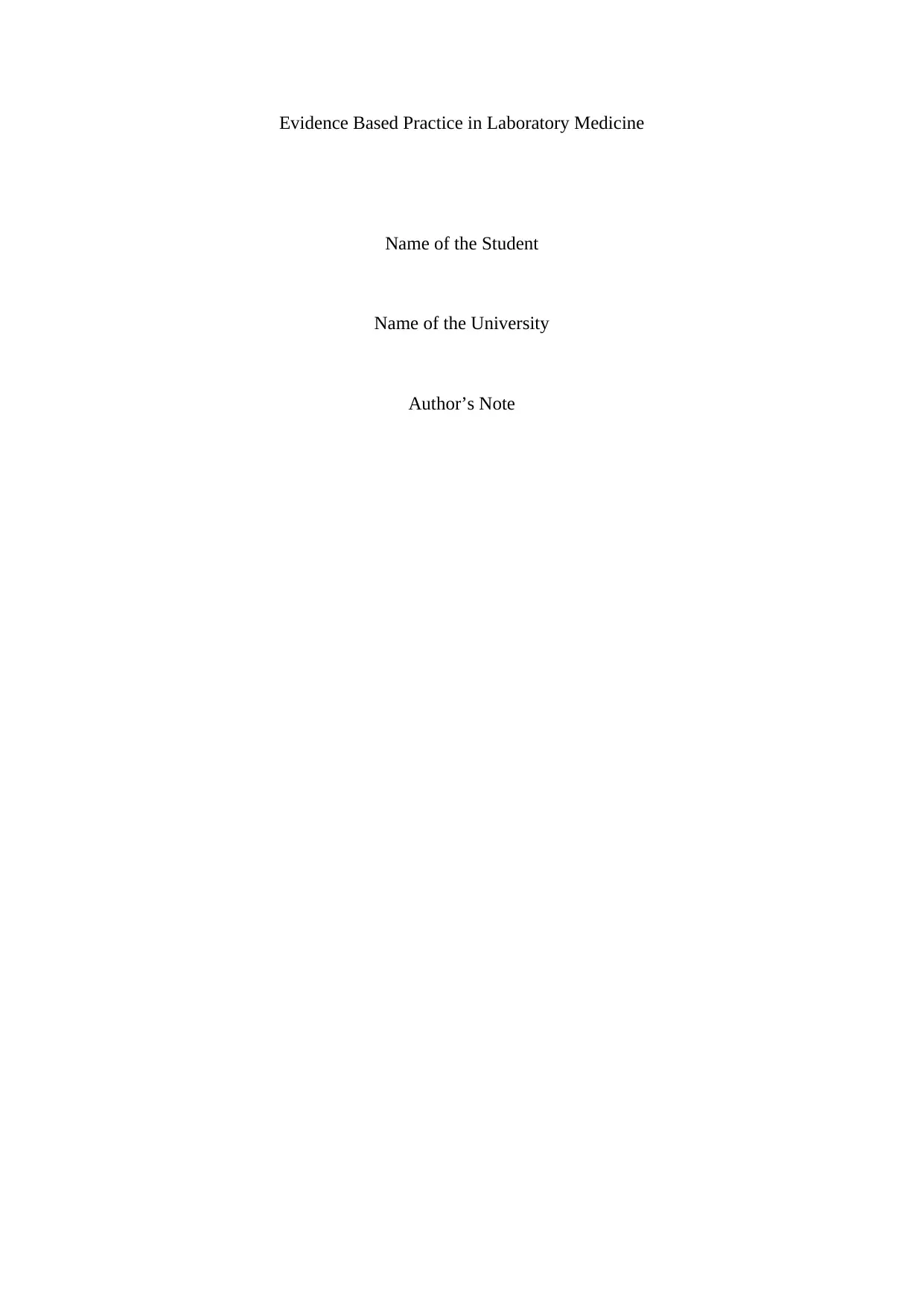
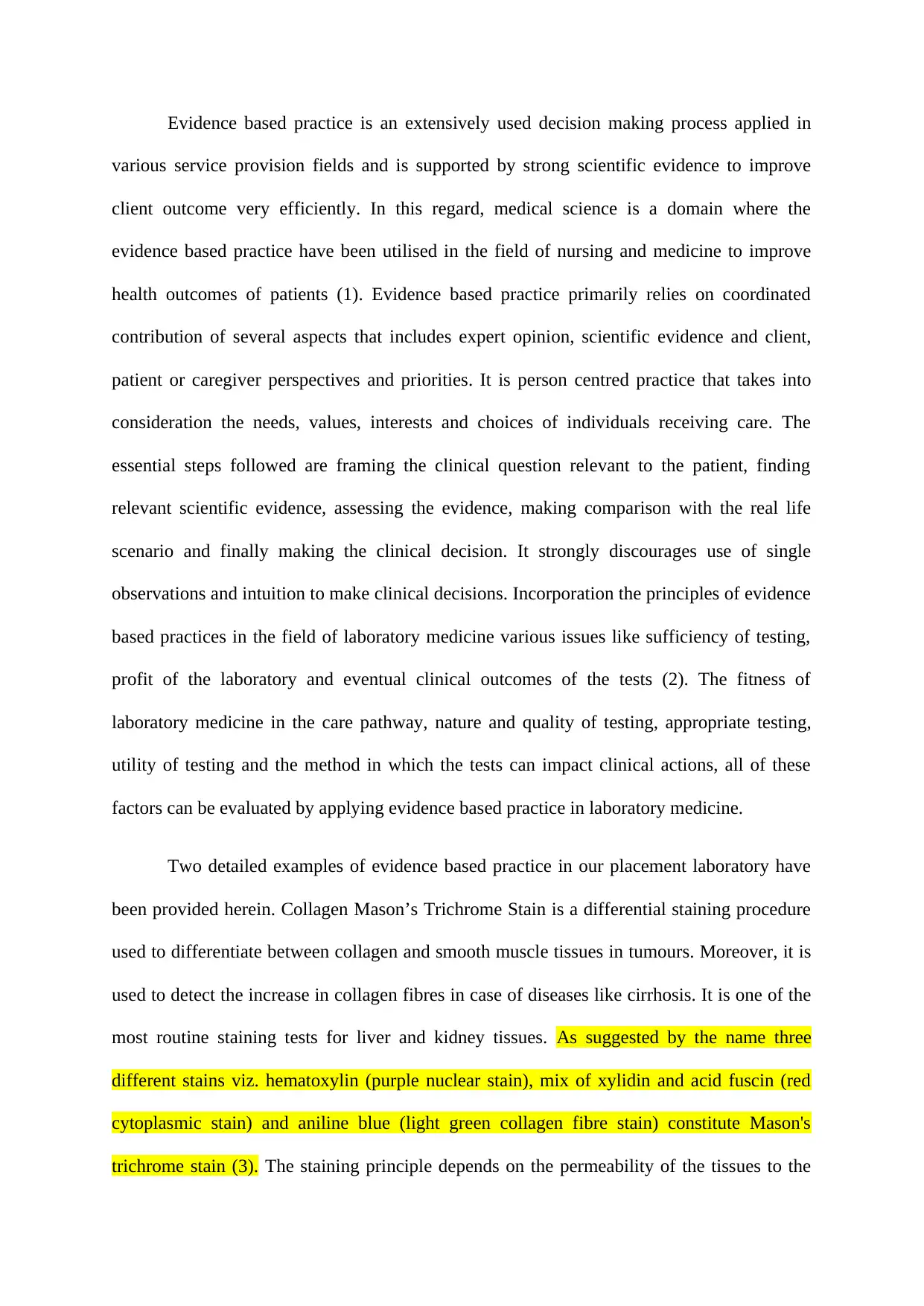
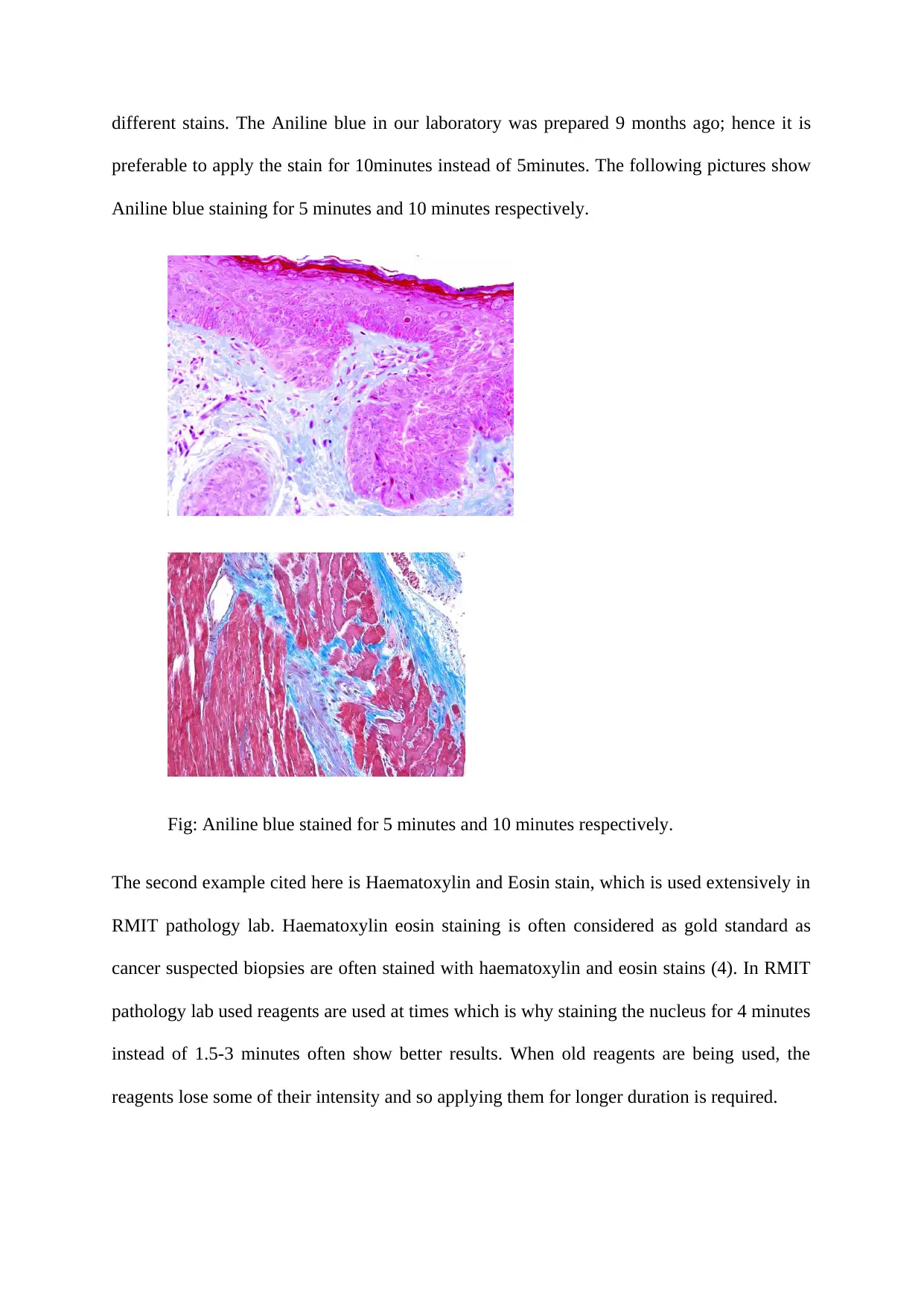

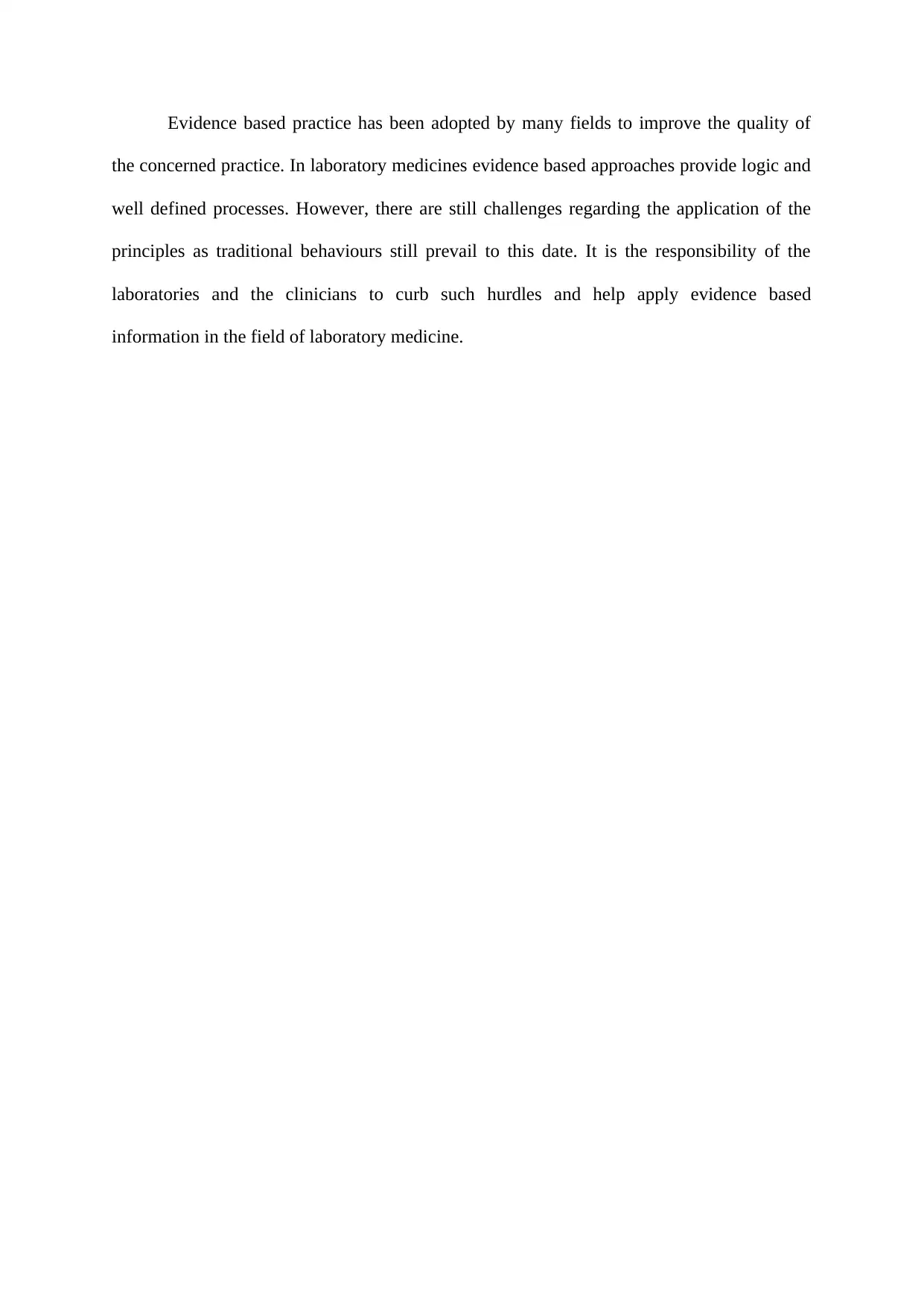
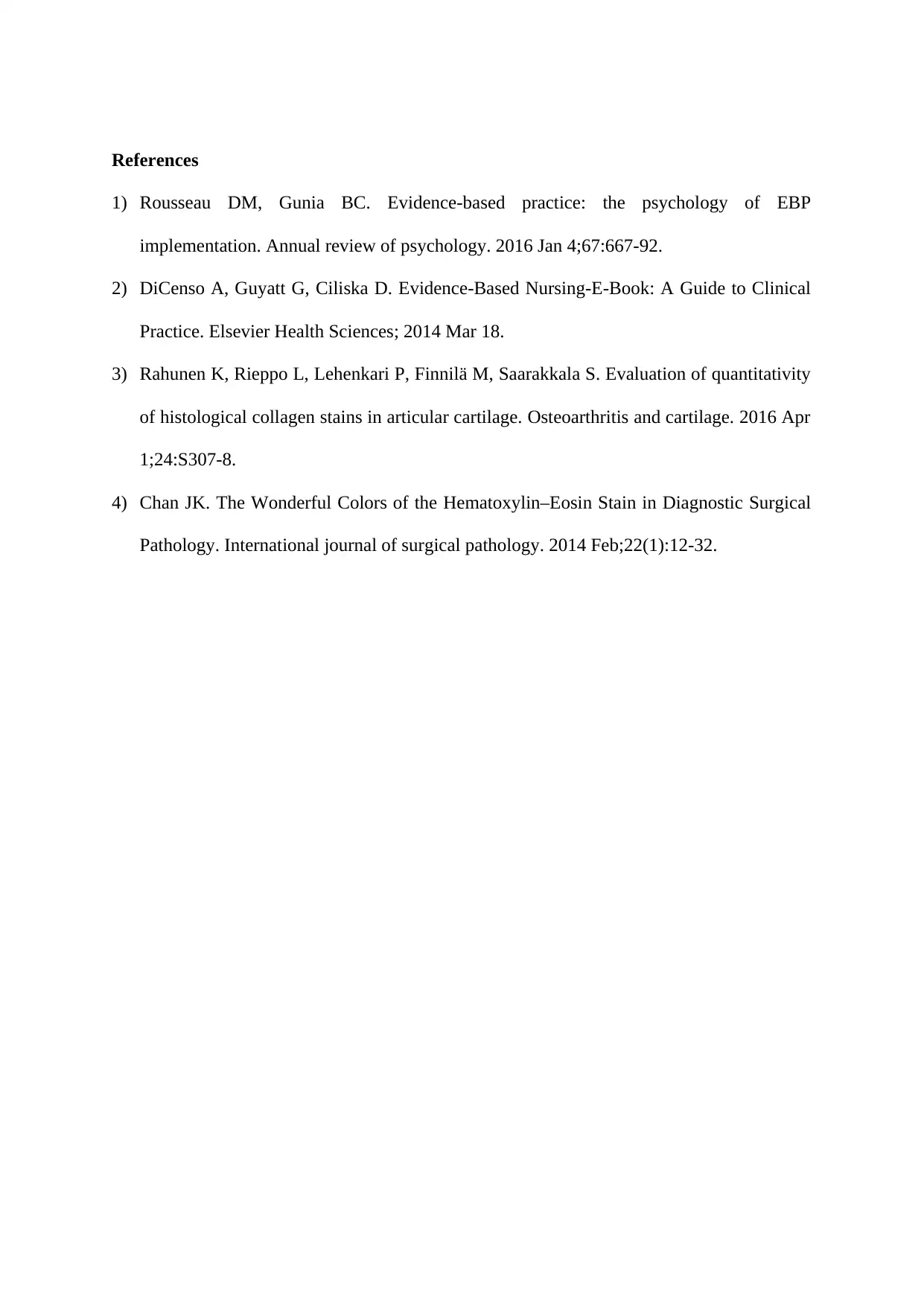

![[object Object]](/_next/static/media/star-bottom.7253800d.svg)